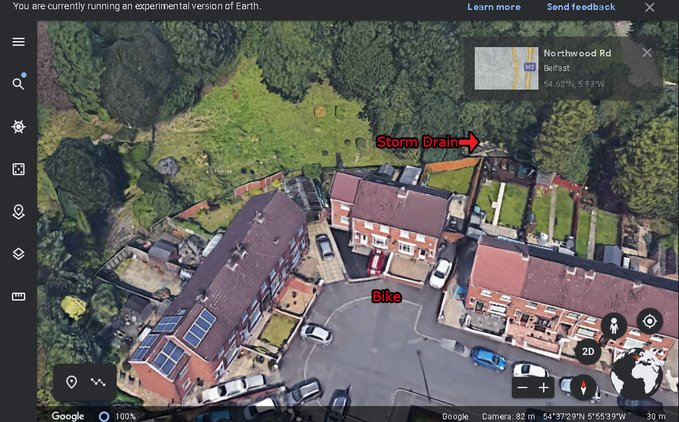I'd keep them under 15 words.
They should be Kevin Hart short.
And only focus on one idea.
Short sentences help break down info into bite-size pieces.
This makes the communication smoother.
Digestible info = Retained info
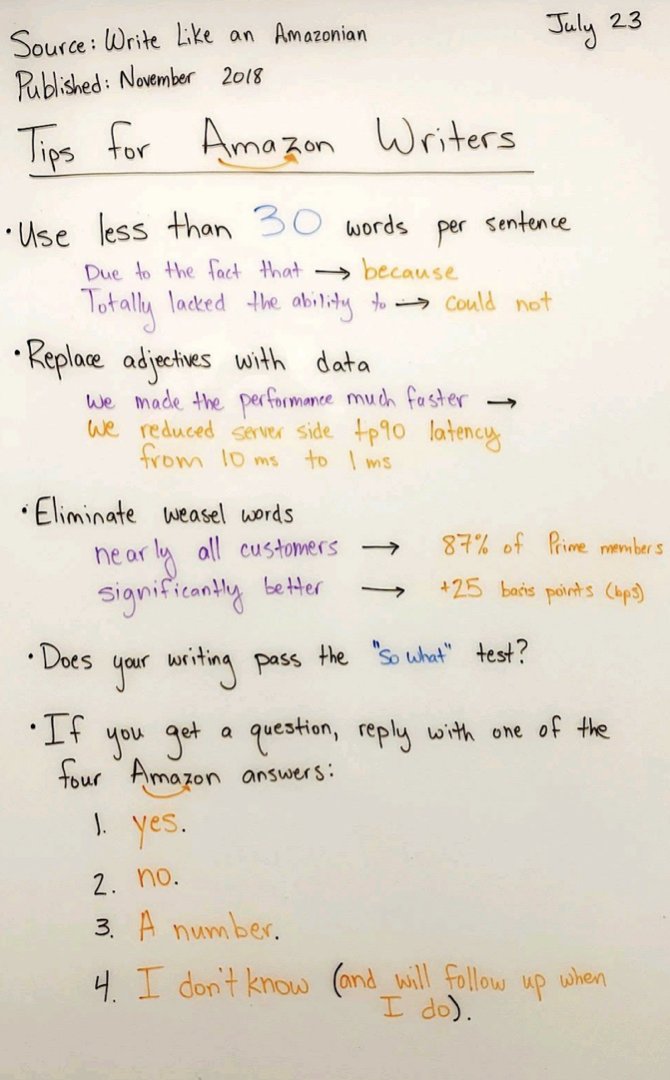




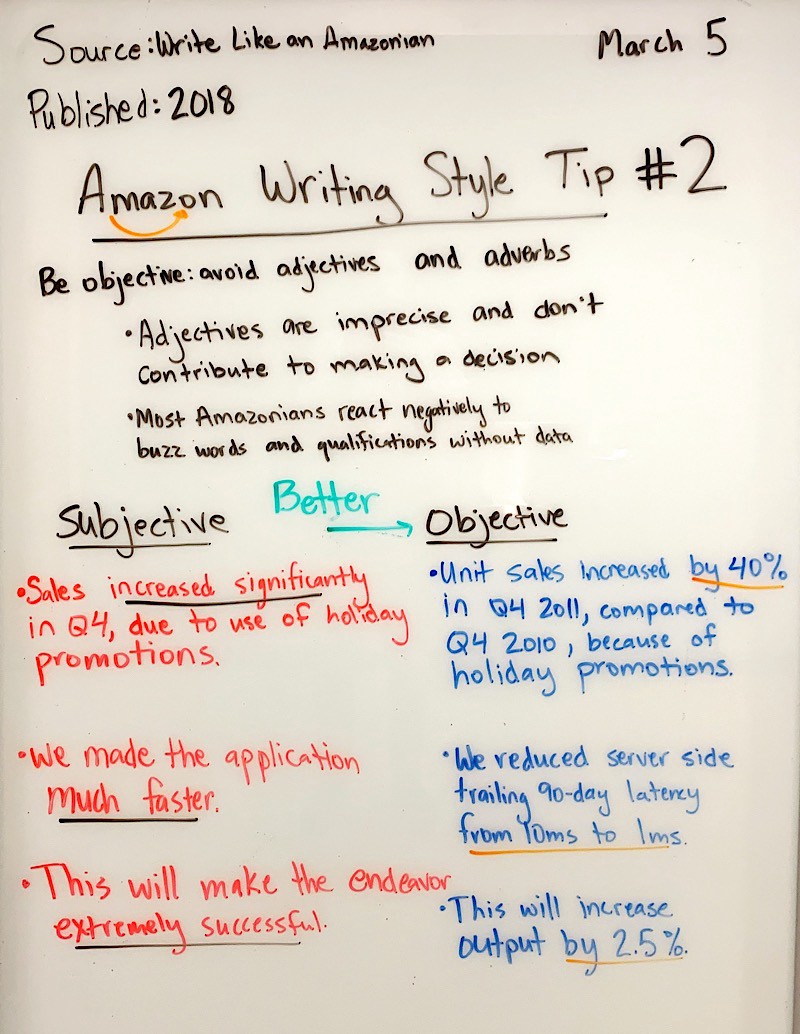


Curious about how a company with a $1.6+ trillion market-cap writes persuasive copy?
— Alex Garcia \U0001f50d (@alexgarcia_atx) April 11, 2021
Use these 7 tips to write like an Amazonian \U0001f9f5 pic.twitter.com/tKLAxyUCVb
Curious how a company with a $2+ trillion market-cap writes persuasive copy?
— Alex Garcia \U0001f50d (@alexgarcia_atx) April 26, 2021
Here are 13 ways Apple persuades readers with its copywriting \U0001f9f5
Want to master business writing?
— Alex Garcia \U0001f50d (@alexgarcia_atx) April 16, 2021
You should.
Top business ppl like Jeff Bezos, Warren Buffett, and Sherly Sandberg have mastered the art of business writing.
One Bezos shareholder letter and you'll notice it.
It can be taught.
Give me 5 min \U0001f9f5
50 Marketing Threads That Will Teach You More Than Any Marketing Class \U0001f9f5
— Alex Garcia \U0001f50d (@alexgarcia_atx) May 9, 2021
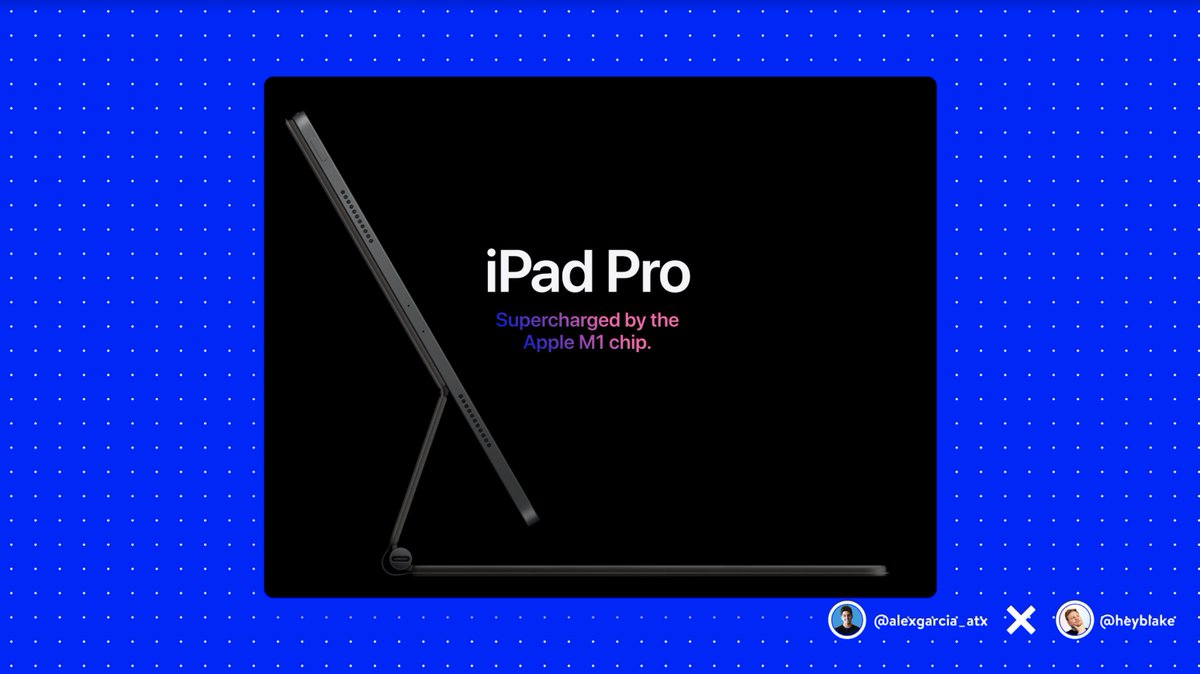
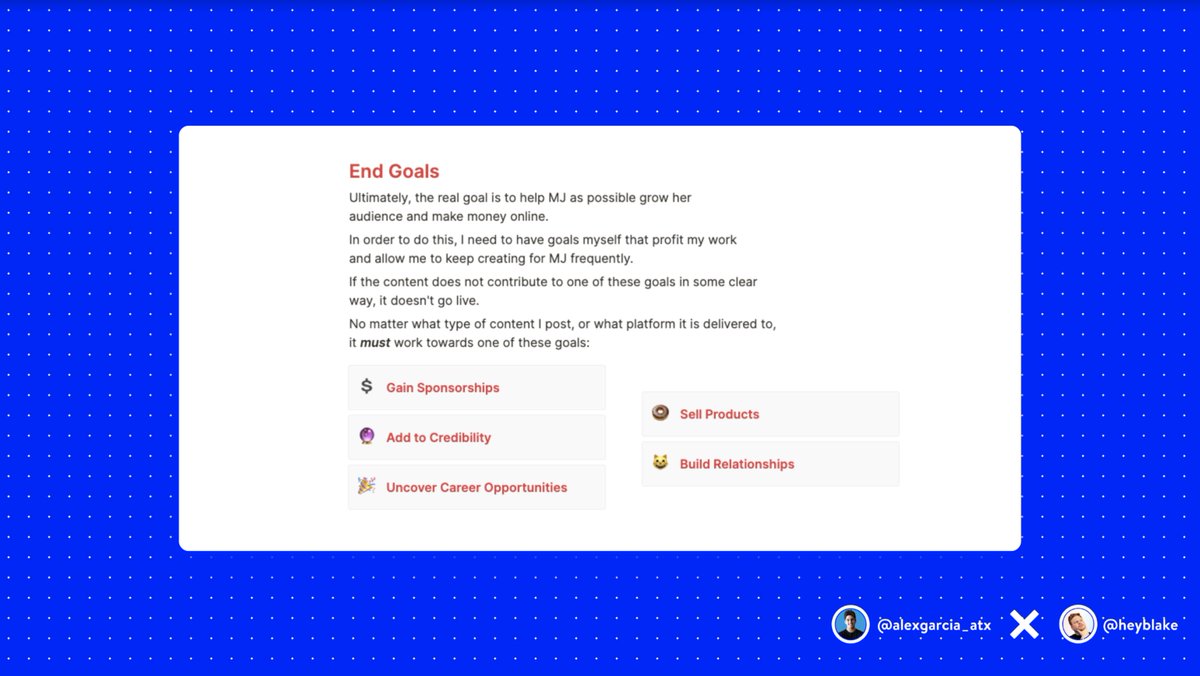
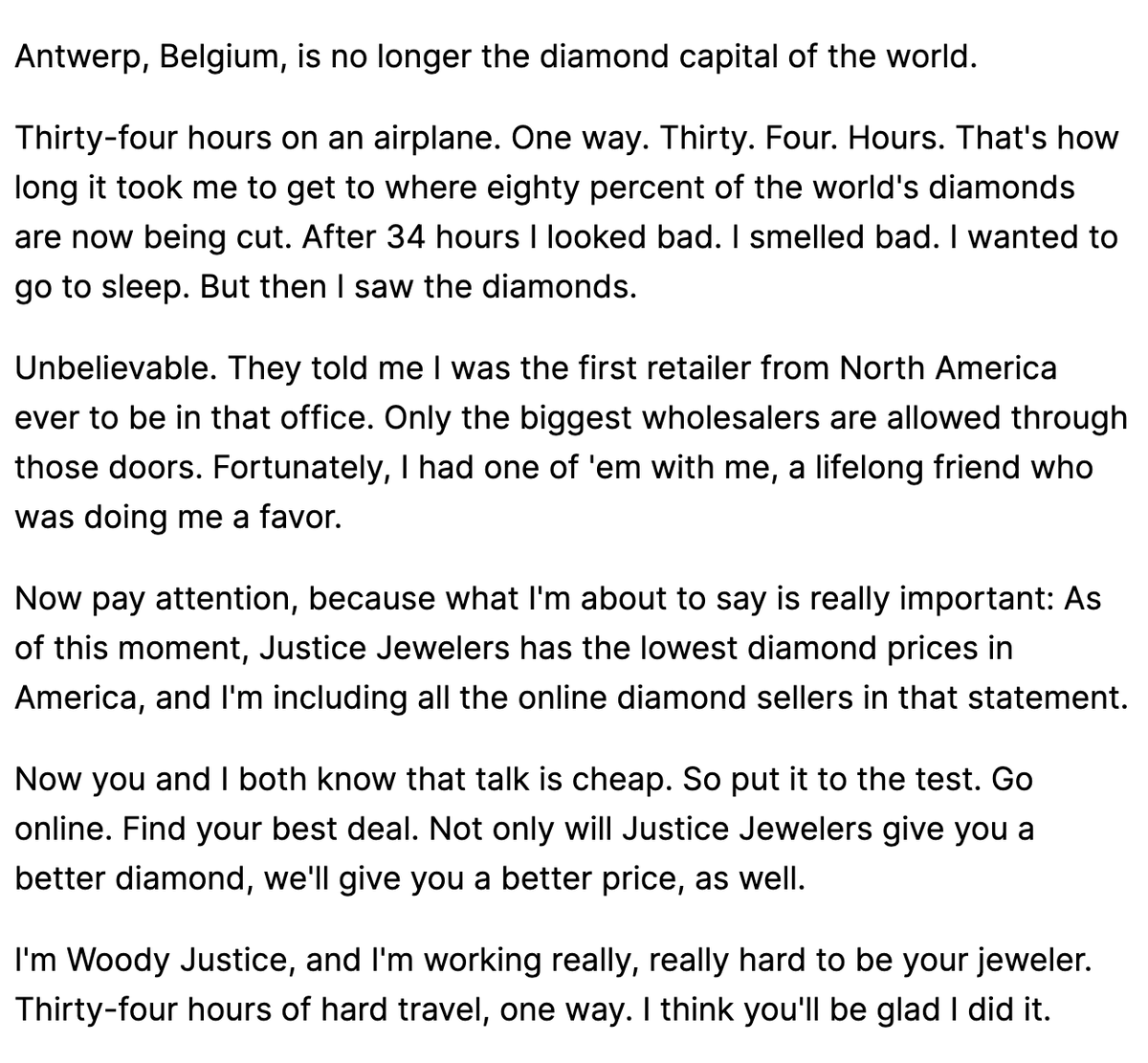
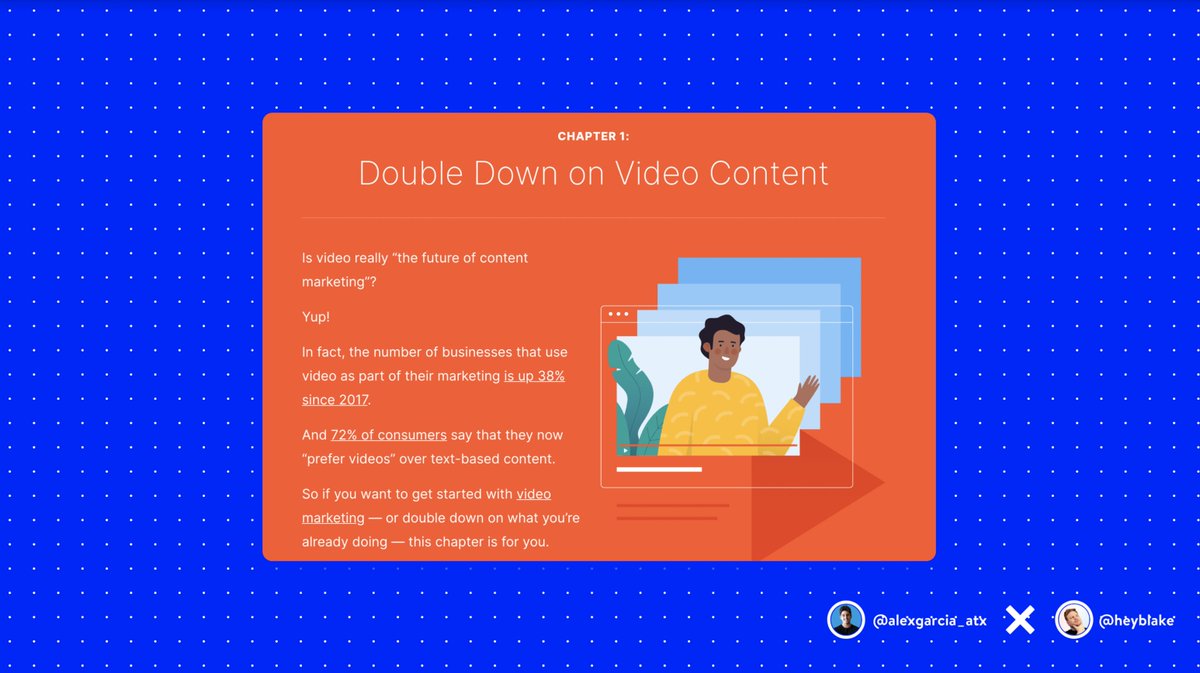
Here's how I'd measure the health of any tech company:
— Jeff Atwood (@codinghorror) October 25, 2018
How long, as measured from the inception of idea to the modified software arriving in the user's hands, does it take to roll out a *1 word copy change* in your primary product?

